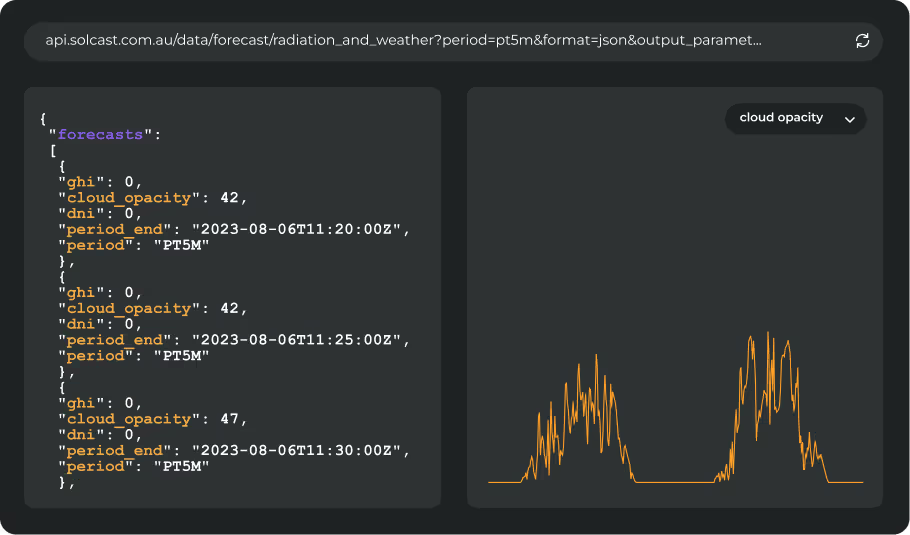High temperatures and heavy rainfall made for a record-breaking August across parts of Asia, but sunshine still broke through in many key solar regions, according to analysis using the Solcast API. While the monsoon season delivered significant moisture to much of the continent, several countries managed to record above-average solar irradiance, particularly in the northeast. Japan, Thailand, South Korea, eastern China and Taiwan all reported irradiance well above seasonal norms, while southeast Asia was split, with Indonesia and Malaysia seeing declines.
.png)
Japan and South Korea both experienced irradiance levels up to 10% above their August average, driven by a persistent high-pressure system that kept skies clearer than usual. The same pattern was responsible for record-breaking heat in both countries, as reported by the Japan Meteorological Agency (JMA) and the Korea Meteorological Administration (KMA). High pressure systems increase irradiance primarily by suppressing cloud formation through descending air.
These clearer conditions extended to reach China and Taiwan, where irradiance reached 10-20% above average. Among the major solar markets in Asia, eastern China saw the most favourable irradiance anomaly for the month. This was particularly notable given the concurrent heavy rainfall in the region. Hong Kong, for example, recorded its highest daily rainfall total in 140 years, while widespread weather warnings were issued across both Taiwan and China. The contrast between rainfall intensity and irradiance gains points to short-duration, high-intensity events rather than persistent cloud cover – allowing solar generation to recover quickly between storms. Elsewhere in China, particularly outside of the high-pressure influence, irradiance was more variable, with some regions falling below August norms.
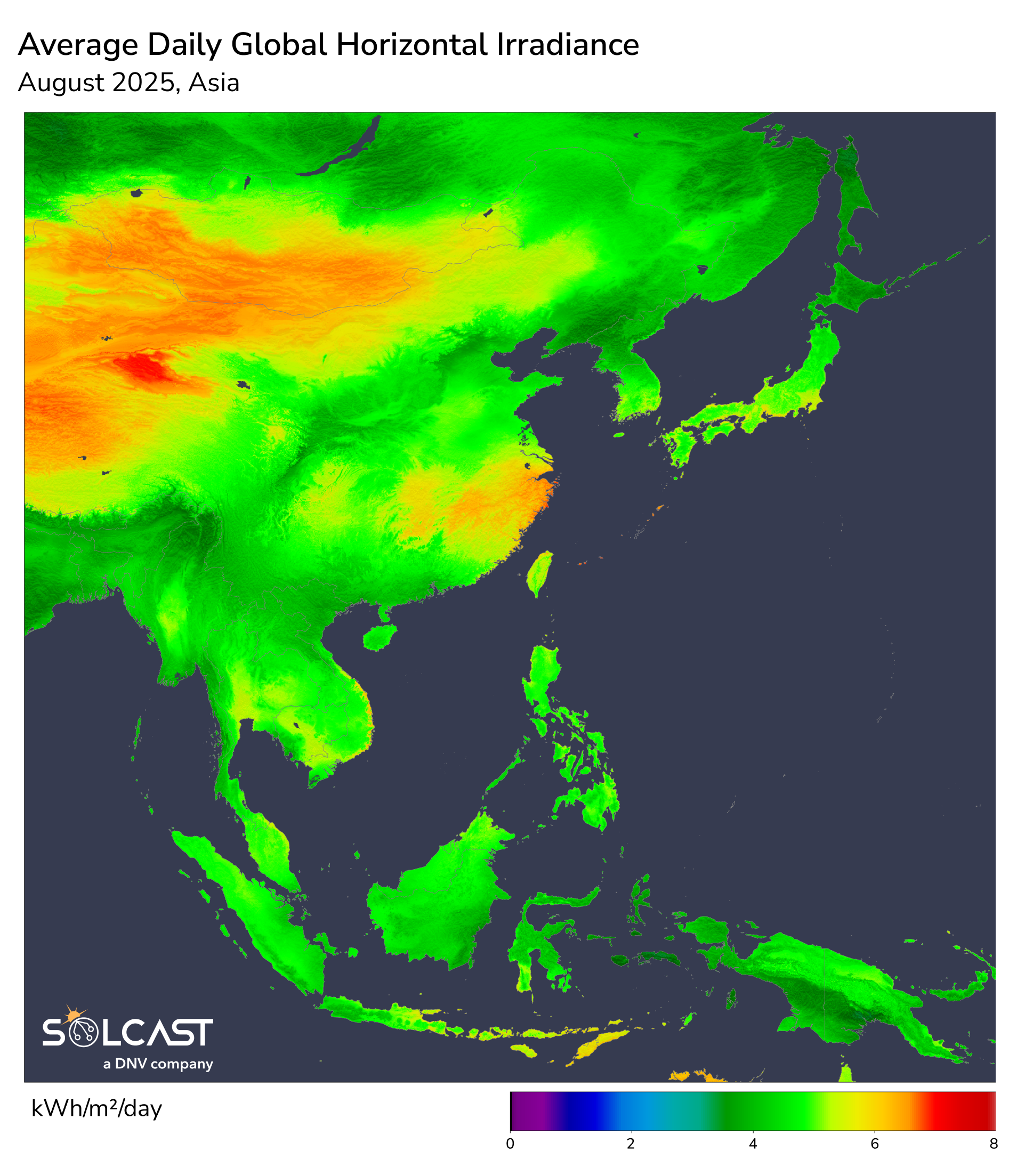
Further south, the Indochinese Peninsula generally benefitted from the drier edge of the monsoon system, with irradiance running 5-10% above normal. However, northern Vietnam stood out as an exception, with a small drop in irradiance recorded. This was compounded by the impact of Typhoon Kajiki in late August, which brought widespread cloud and heavy rain to the region, suppressing solar generation.
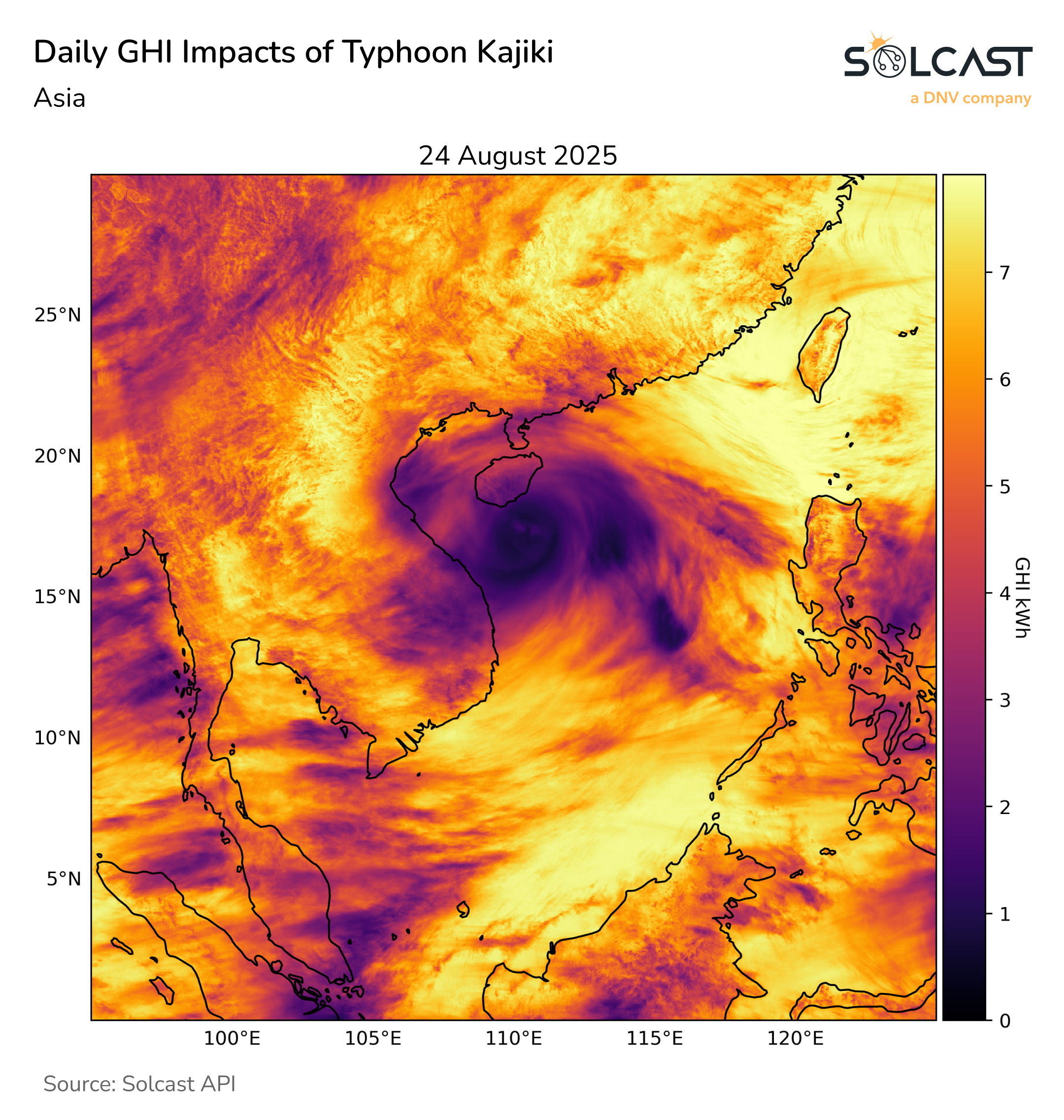
In contrast, the southern portion of Southeast Asia, covering Indonesia, Malaysia and Singapore, saw declines in irradiance. These drops were tied to converging low-level winds from both the east and west, which transported moist oceanic air over the region. The resulting increase in cloud cover and precipitation aligns with weather patterns typically seen during La Niña phases. While the ENSO index remained technically neutral during August, it was trending toward La Niña. Forecast models indicate further strengthening, suggesting the potential for continued wet conditions in the coming months.
Track weather conditions, cloud movements, and irradiance-influencing factors that might impact your solar generation. Access bankable actuals and accurate forecasts when you sign up for a Solcast API toolkit. You can reach out to our team for an extended trial.








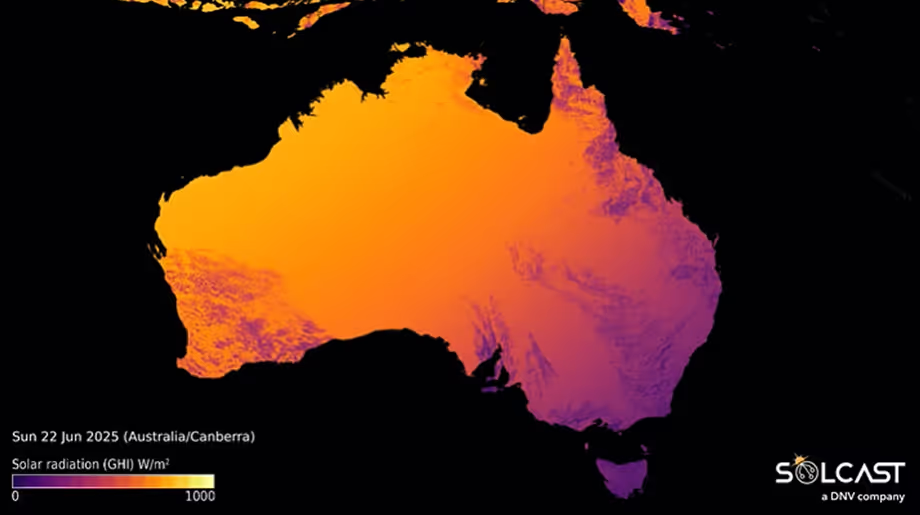
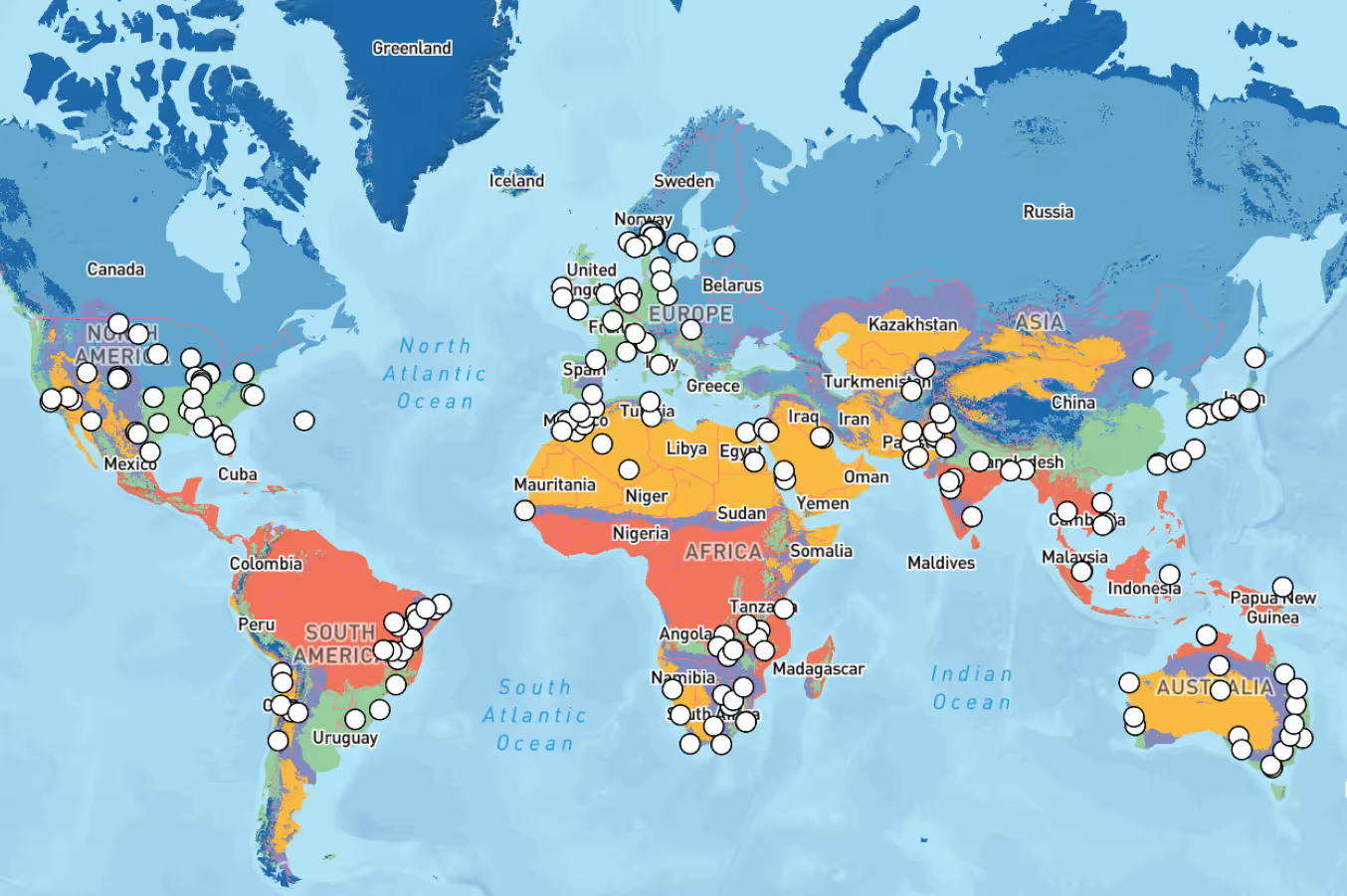
.avif)
